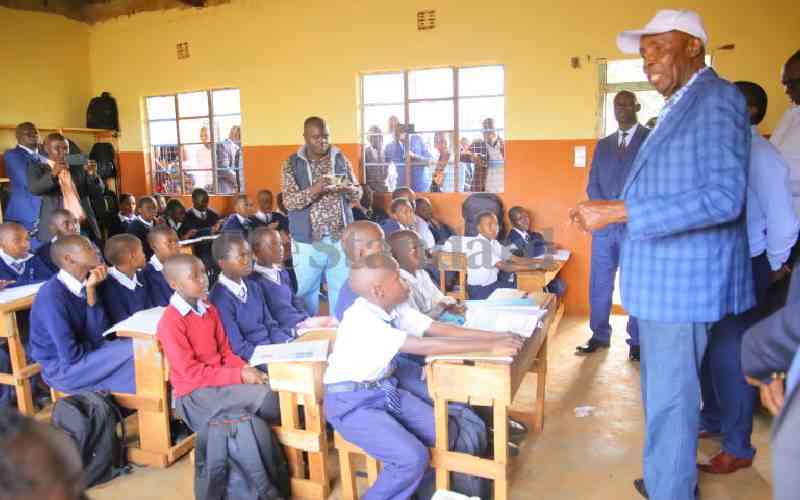×
The Standard e-Paper
Read Offline Anywhere

First term for the pioneer Junior Secondary class ended last week, a period marked by numerous challenges. From shortage of teachers to lack of textbooks, the pupils have weathered the first term storm and are now preparing for the second leg of their first year under the new education system.
Lack of teachers prompted the government to hire 30,000 new tutors during the first term, with 21,000 of them deployed to Junior Secondary Schools.